Ultrasonic cleaners are an important tool for cleaning many objects. They are used in commercial industries like healthcare, automotive, and jewelry sectors. They are also used in households for cleaning small objects. In this article, we will discuss the history, components, types, benefits, limitations, and applications of ultrasonic cleaners. Read More…
Since 1972, Esma Inc. has been producing quality ultrasonic cleaners, as well as benchtop electropolishing equipment. Esma offers a unique and progressive approach to automating the ultrasonic cleaning process.
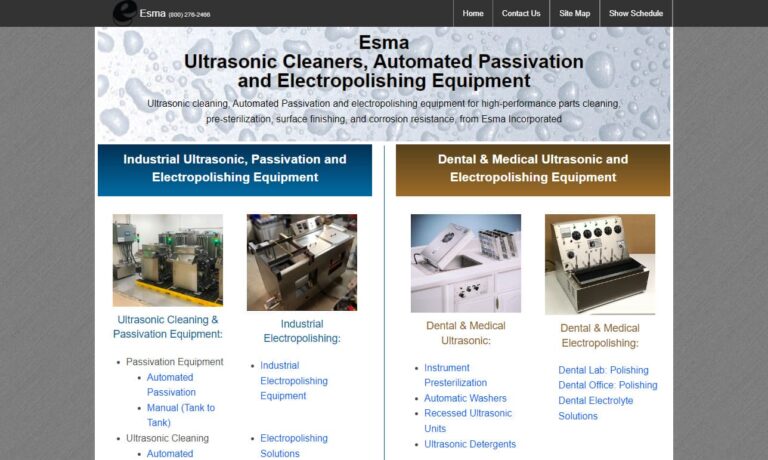
Giant Finishing, Inc. is a worldwide manufacturer and supplier of finishing equipment. We are a family owned business with over 25 years of experience in the industry. Our goal is to provide quality equipment and quality customer service for all surface finishing needs, and we supply equipment, chemicals, compounds, and finishing media to companies around the world. Visit our website or call us...

Great Lakes Finishing Equipment, Inc. is a full line supplier of aqueous and semi-aqueous ultrasonic cleaning equipment. Equipment includes benchtop cleaners, tank and generator series, immersible transducers, console systems and engineered systems. Our customers include defense, aerospace, medical, firearms and industrial.
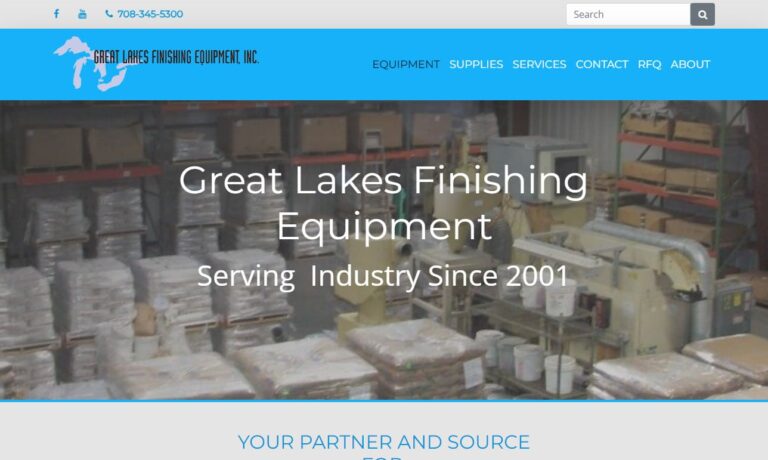
We specialize in ultrasonic cleaning technology that redefines precision and efficiency across industrial applications. At Emerson, we design and manufacture advanced ultrasonic cleaning equipment engineered to remove contaminants from complex parts with unmatched thoroughness.

At SHARPERTEK USA, we specialize in delivering advanced ultrasonic cleaning equipment that meets the highest standards of precision, reliability, and performance. Based in the United States, we design and manufacture a full line of ultrasonic cleaners that serve industries ranging from medical and dental to aerospace, automotive, and industrial manufacturing.
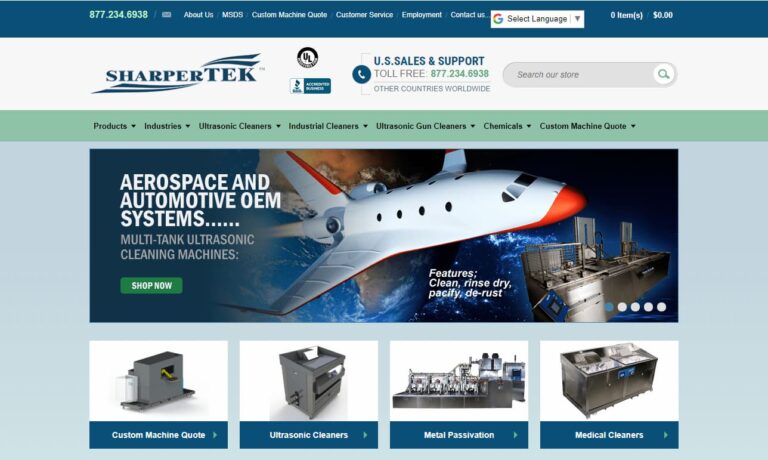
We take pride in being innovators at Mettler Electronics Corp, where we specialize in developing high-performance ultrasonic cleaning equipment trusted by professionals across industries. Our systems are designed to deliver powerful, precise cleaning through advanced ultrasonic technology that removes contaminants from intricate surfaces with efficiency and care.

More Ultrasonic Cleaner Manufacturers
Ultrasonic cleaning technology has evolved significantly since its origins during World War II, when it was first utilized to clean gun parts efficiently and effectively. Its remarkable cleaning power was soon adapted for the healthcare industry, where it became a trusted method for sanitizing surgical instruments. Today, as the superior efficiency and versatility of ultrasonic cleaning have become widely recognized, this innovative technology is used across a rapidly expanding range of sectors, including automotive, aerospace, electronics, jewelry, dental, and industrial manufacturing.
How Ultrasonic Cleaners Work
Ultrasonic cleaners leverage the advanced process of cavitation to deliver exceptional cleaning results. Cavitation occurs when a transducer, typically constructed from high-performance piezoelectric materials, generates high-frequency sound waves—often between 20 kHz and 400 kHz. The transducer converts electrical energy into intense mechanical vibrations, which are transmitted through the cleaning solution contained in the unit’s tank.
These ultrasonic sound waves create alternating high-pressure and low-pressure cycles within the fluid. During the low-pressure phase, microscopic bubbles—referred to as cavitation bubbles—form and rapidly grow on the surfaces of immersed objects. As the cycles shift to high pressure, these bubbles implode or collapse, releasing concentrated energy in the form of shockwaves and microjets. This powerful localized force dislodges and removes dirt, grease, oil, flux, carbon deposits, biological residues, and other contaminants with remarkable precision.
The cleaning action generated by the imploding cavitation bubbles is highly localized, enabling ultrasonic cleaners to access even the most intricate geometries, fine crevices, blind holes, and hard-to-reach surfaces—making them ideal for cleaning complex assemblies and delicate items. The rapid succession of bubble implosions creates a “scrubbing” effect at the microscopic level, ensuring thorough, uniform cleaning without manual abrasion or harsh chemicals.
To maximize cleaning efficiency, an appropriate ultrasonic cleaning solution is used in conjunction with the ultrasonic cleaner. These solutions may be aqueous or solvent-based and are often formulated with surfactants, detergents, or specialized additives to break down and dissolve specific types of contaminants. The chemistry of the cleaning solution should always be matched to the material of the items being cleaned and the nature of the contaminants present, ensuring both optimal cleaning performance and material compatibility.
In summary, ultrasonic cleaning harnesses the energy of cavitation bubbles, generated by high-frequency sound waves, to achieve deep, effective, and uniform cleaning. When paired with the right cleaning solution, ultrasonic cleaners provide a reliable, efficient, and eco-friendly solution for removing contaminants from a vast range of objects in numerous industries.
Components of Ultrasonic Cleaners
Modern ultrasonic cleaners are engineered from several integral components, each designed to maximize cleaning power and operational reliability. Understanding the function of each part can help users select the best ultrasonic cleaner for their needs and optimize its performance:
- Transducer: At the heart of every ultrasonic cleaner, the transducer (usually piezoelectric ceramics or crystals) converts electrical signals into rapid mechanical oscillations. These vibrations are essential for generating ultrasonic waves within the cleaning tank, which create the cavitation bubbles responsible for the cleaning action.
- Generator: The ultrasonic generator supplies precise electrical energy to the transducer, controlling both the frequency and amplitude of the ultrasonic waves. Advanced models may allow users to select different frequencies for cleaning various materials or contaminants, providing greater flexibility in cleaning operations.
- Cleaning Tank: Also known as the ultrasonic bath, the cleaning tank is crafted from durable, corrosion-resistant stainless steel to withstand prolonged exposure to cleaning solutions and ultrasonic energy. Tank sizes vary widely, from compact tabletop models to large-scale industrial systems, accommodating items ranging from small jewelry to automotive engine blocks.
- Cleaning Solution: Formulated to complement the ultrasonic action, the cleaning solution is pivotal in loosening, dissolving, and suspending contaminants. Choices range from neutral pH detergents for delicate items, to alkaline or acidic solutions for tougher industrial applications.
- Basket or Tray: Removable baskets or trays hold items securely during the cleaning process, preventing direct contact with the tank’s surface and promoting even exposure to ultrasonic energy. This accessory also simplifies loading, unloading, and handling of delicate or numerous objects.
- Heater (optional): Many ultrasonic cleaners feature integrated heaters to increase the temperature of the cleaning solution. Heated solutions can dramatically enhance the cleaning process by improving the solubility of oils and greases and accelerating the removal of stubborn residues.
- Digital Controls and Timers: Programmable digital interfaces allow users to fine-tune cycle duration, temperature, and frequency settings, ensuring repeatable and precise cleaning for sensitive applications.
Together, these components work in harmony to deliver consistent, high-quality cleaning results across diverse industries and applications.
Types of Ultrasonic Cleaners
Ultrasonic cleaners are available in a variety of configurations to meet the unique demands of different users, industries, and applications. Here’s an in-depth look at the primary types of ultrasonic cleaners and their common uses:
- Bench-top Models: Compact and user-friendly, bench-top ultrasonic cleaners are ideal for small-scale cleaning tasks in homes, laboratories, dental clinics, and watch repair shops. With capacities generally up to 3 liters, these units are perfect for cleaning jewelry, eyeglasses, dental instruments, precision tools, and small electronic components. Their portability and ease of use make them a popular choice for individuals and small businesses seeking reliable cleaning performance.
- Industrial Ultrasonic Cleaners: Industrial ultrasonic cleaners are built for robust, high-throughput cleaning applications. They feature larger tanks (10 to 200+ liters), more powerful transducers, and enhanced control systems. Industrial models are used extensively in manufacturing plants, automotive and aerospace workshops, pharmaceuticals, and electronics production, where they clean engine parts, injection molds, machine components, and more.
- Portable Ultrasonic Cleaners: Lightweight and often battery-powered, portable ultrasonic cleaners provide convenient cleaning capability in remote or field environments. They’re valued for applications such as jewelry repair, on-site dental tool sanitation, and field service operations where access to standard power sources or facilities may be limited.
- Immersion Tank Systems: Designed for continuous, high-volume cleaning, immersion tank systems consist of one or more large tanks with high-capacity transducers. These fully-automated systems are often integrated into production lines, incorporating features like conveyors, robotic arms, filtration, and rinse cycles. Immersion tanks are preferred for cleaning automotive and aerospace components, metal castings, and parts during manufacturing, where efficiency and throughput are paramount.
- Multi-frequency Ultrasonic Cleaners: Equipped to operate at variable frequencies, these advanced cleaners allow operators to tailor cleaning action to the specific requirements of sensitive or heavily soiled items. Lower frequencies (20–40 kHz) produce larger cavitation bubbles for tougher cleaning, while higher frequencies (68 kHz and above) generate gentler bubbles ideal for delicate items like microelectronics, optics, and medical devices.
Each type of ultrasonic cleaner is engineered to address particular cleaning challenges. When evaluating which ultrasonic cleaner to purchase, consider the types of items you plan to clean, the volume of cleaning required, the level of contamination, and your workflow. For a detailed comparison, ask yourself:
- What is the size and material composition of the items I need to clean?
- How frequently will the cleaner be used, and in what setting (home, lab, industrial)?
- Do I require advanced features such as variable frequency, heating, or automation?
- What regulatory or safety requirements must be met for my application?
Exploring these questions will help narrow your search for the ideal ultrasonic cleaner and ensure maximum return on investment.
Considerations When Using Ultrasonic Cleaners
While ultrasonic cleaning is highly effective, it’s essential to consider several factors to ensure safe and optimal results. Not all materials are compatible with ultrasonic cleaning—some delicate items, such as certain gemstones, antique items, or soft plastics, may be damaged by cavitation energy. Always consult manufacturer guidelines or test-clean a sample item before proceeding with valuable or sensitive products.
Improper use of ultrasonic cleaners can also pose safety risks, such as exposure to hazardous cleaning solutions or unintentional damage to items. To mitigate these risks, always:
- Follow manufacturer instructions for operation, maintenance, and cleaning solution selection.
- Wear appropriate personal protective equipment (PPE), such as gloves and eye protection, when handling cleaning chemicals.
- Ensure proper ventilation when using volatile or solvent-based solutions.
- Match the cleaning cycle duration and temperature to the requirements of the items being cleaned.
- Perform regular inspections and maintenance of the unit to ensure consistent performance.
Curious about the best practices for ultrasonic cleaning in your industry? Explore our in-depth guides or contact our experts for tailored recommendations.
Benefits of Ultrasonic Cleaners
Ultrasonic cleaners offer a multitude of advantages that make them the preferred cleaning solution in both industrial and personal settings. Here are the key benefits that drive adoption across diverse industries:
- Exceptional Cleaning Efficiency: Ultrasonic cleaners deliver rapid, thorough cleaning, reaching microscopic crevices and complex geometries that manual cleaning or traditional soaking cannot. This ensures complete removal of contaminants, even from intricate or hard-to-access areas.
- Labor and Cost Savings: By automating the cleaning process, ultrasonic cleaners dramatically reduce manual labor and the need for aggressive chemicals or repeated cleaning cycles. This contributes to lower operational costs and increased productivity.
- Non-Abrasive and Gentle: Unlike brushes, scrubbing pads, or abrasive media, ultrasonic cleaning is non-destructive. It’s ideal for sensitive materials such as jewelry, precision instruments, medical devices, and electronics, preserving surface finishes and extending product life.
- Environmentally Friendly: Ultrasonic cleaners generally use less water and cleaning agents than conventional methods, minimizing chemical waste and reducing environmental impact. Many solutions are biodegradable or require only mild detergents.
- Versatility and Adaptability: With a wide range of tank sizes, frequencies, and solution chemistries available, ultrasonic cleaners can be adapted for virtually any cleaning task, from delicate watch components to large industrial gear assemblies.
- Enhanced Safety and Hygiene: For industries such as healthcare and food processing, ultrasonic cleaning delivers consistent, repeatable results—helping to meet stringent hygiene standards and reduce the risk of contamination.
- Improved Throughput and Consistency: Automated, programmable cycles ensure every batch is cleaned to identical standards, improving quality control and operational efficiency in production environments.
For businesses seeking to enhance productivity, reduce costs, and improve cleaning quality, investing in an ultrasonic cleaner is a strategic move with proven ROI.
Applications of Ultrasonic Cleaners
Thanks to their powerful and adaptable cleaning technology, ultrasonic cleaners have become indispensable across a broad spectrum of industries. Here are some of the most common and high-value applications:
- Jewelry Cleaning: Ultrasonic cleaners are the gold standard in jewelry care. They safely remove tarnish, dirt, and oils from intricate chains, gemstone settings, and delicate metalwork, restoring brilliance without risk of scratching or loosening stones. Are you searching for the best ultrasonic jewelry cleaner for diamonds, gold, or gemstones? Compare top-rated models now.
- Medical and Dental Instrument Sterilization: In the medical and dental industries, ultrasonic cleaning is a critical step in instrument reprocessing. It removes blood, tissue, biofilm, and other debris from complex surgical tools and dental handpieces, ensuring they’re prepped for effective sterilization. Wondering about compliance with CDC guidelines for instrument cleaning.
- Automotive and Engine Component Cleaning: Mechanics and automotive shops use ultrasonic cleaners to remove carbon buildup, oil, varnish, and grime from carburetors, fuel injectors, pistons, and transmission parts. This process not only improves performance but also extends the service life of critical components. Learn about best practices for automotive applications.
- Electronics and Circuit Board Cleaning: Delicate electronics, including printed circuit boards (PCBs), connectors, and microchips, benefit from ultrasonic cleaning to remove flux residues, dust, and contaminants that compromise performance. The non-contact process protects against static damage and preserves component integrity.
- Firearms and Gun Parts Maintenance: Gun owners and law enforcement agencies rely on ultrasonic cleaners to deep-clean gun barrels, slides, magazines, and small components, removing fouling and residues that affect accuracy and reliability.
- Aerospace and Aviation Parts Cleaning: The aerospace sector uses ultrasonic cleaners for turbine blades, engine components, fuel nozzles, and hydraulic systems. The reliability and precision of ultrasonic cleaning ensure compliance with strict safety and performance standards.
- Laboratory Equipment and Glassware: Research laboratories depend on ultrasonic cleaners to remove residues from beakers, pipettes, and glassware, ensuring accurate test results and preventing cross-contamination.
- Optical and Photonics Equipment: High-precision optics, lenses, and photonics components require immaculate surfaces for optimal performance. Ultrasonic cleaning eliminates dust, fingerprints, and manufacturing residues from these sensitive surfaces.
- Manufacturing and Metalworking: In industrial settings, ultrasonic cleaners are used to degrease parts, remove polishing compounds, and prep items for coating or assembly. Their efficiency supports lean manufacturing and quality assurance protocols.
Looking for industry-specific ultrasonic cleaning solutions? Browse our application guides or request a consultation to get expert advice tailored to your workflow.
Choosing the Right Ultrasonic Cleaner Supplier
Selecting the ideal ultrasonic cleaner supplier is a crucial step in ensuring you receive a product that meets your operational needs, compliance requirements, and budget. Here’s a step-by-step approach to making an informed purchasing decision:
- Compare Suppliers: Begin by reviewing multiple suppliers using our comprehensive directory. Assess their experience, reputation, and specialization in your target industry (e.g., medical, jewelry, industrial manufacturing).
- Evaluate Product Offerings: Examine each supplier’s range of ultrasonic cleaners – including tank sizes, frequencies, automation features, and compatible cleaning solutions. Look for case studies, testimonials, and certifications that demonstrate their expertise.
- Contact Suppliers Directly: Use the company profile pages to view detailed capabilities and submit direct inquiries or requests for quotes. Our patented website previewer allows you to quickly scan each supplier’s focus areas and support resources.
- Request Multiple Quotes: Our easy-to-use RFQ (request for quote) form enables you to contact several suppliers at once, streamlining your procurement process and encouraging competitive pricing.
- Assess Support and After-Sales Service: Consider the quality of customer support, warranty policies, and availability of training, spare parts, and technical assistance. The right supplier will offer ongoing support to maximize the lifespan and effectiveness of your ultrasonic cleaning system.
Need guidance on selecting the best ultrasonic cleaner for your application? Contact our experts.
Frequently Asked Questions About Ultrasonic Cleaners
- What can I clean with an ultrasonic cleaner? Ultrasonic cleaners are suitable for metals, plastics, glass, ceramics, and select composites. Typical items include jewelry, dental tools, firearms, engine parts, laboratory glassware, electronics, and precision instruments.
- How do I choose the right cleaning solution? The choice depends on the material and type of contamination. For most metals and hard surfaces, a mild alkaline detergent is sufficient. For sensitive items, use a neutral pH solution. Always check manufacturer recommendations for compatibility.
- How long should I run an ultrasonic cleaning cycle? Cleaning durations range from 2 to 30 minutes, depending on the degree of contamination, item complexity, and solution used. Over-cleaning can damage sensitive items, so monitor cycles closely.
- Is ultrasonic cleaning safe for all materials? While safe for most hard surfaces, ultrasonic cleaning may damage porous stones, certain ceramics, soft plastics, or glued assemblies. Always test a sample and consult guidelines before cleaning valuable or delicate items.
- How do I maintain my ultrasonic cleaner? Regularly drain and replace cleaning solutions, wipe down the tank, inspect transducers, and follow manufacturer maintenance schedules. Proper care ensures long-term reliability and optimal cleaning results.
Get Started: Find the Best Ultrasonic Cleaner for Your Needs
Ultrasonic cleaners have transformed the way professionals and consumers approach cleaning, offering unmatched results for even the most demanding applications. Whether you need a compact benchtop unit for jewelry, a robust industrial system for manufacturing, or a portable model for field service, there is an ultrasonic cleaner perfectly suited to your requirements.
Ready to take the next step? Browse our curated list of ultrasonic cleaner manufacturers, compare product specifications, and request personalized quotes. For technical advice, application support, or to discuss your specific cleaning challenges, connect with our ultrasonic cleaning experts today. Empower your business or practice with cutting-edge ultrasonic cleaning technology and experience the difference in efficiency, safety, and quality.

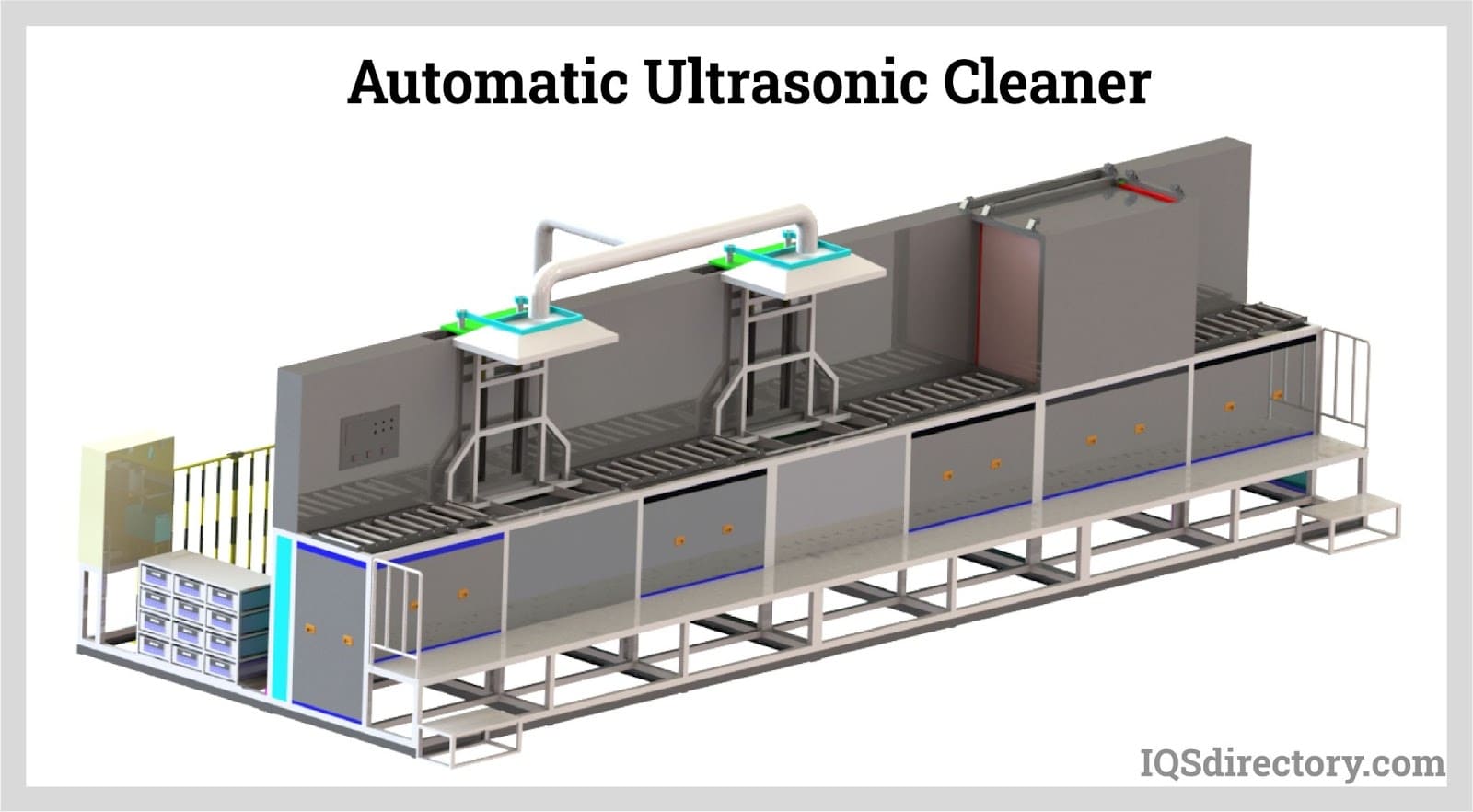
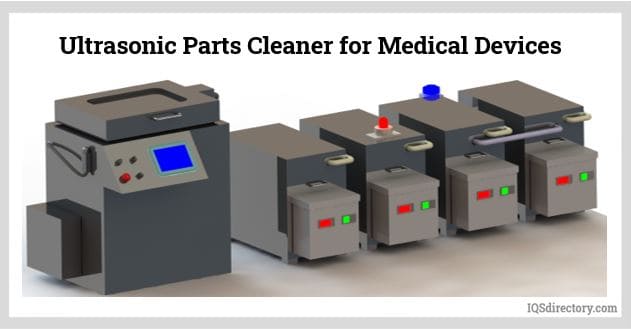
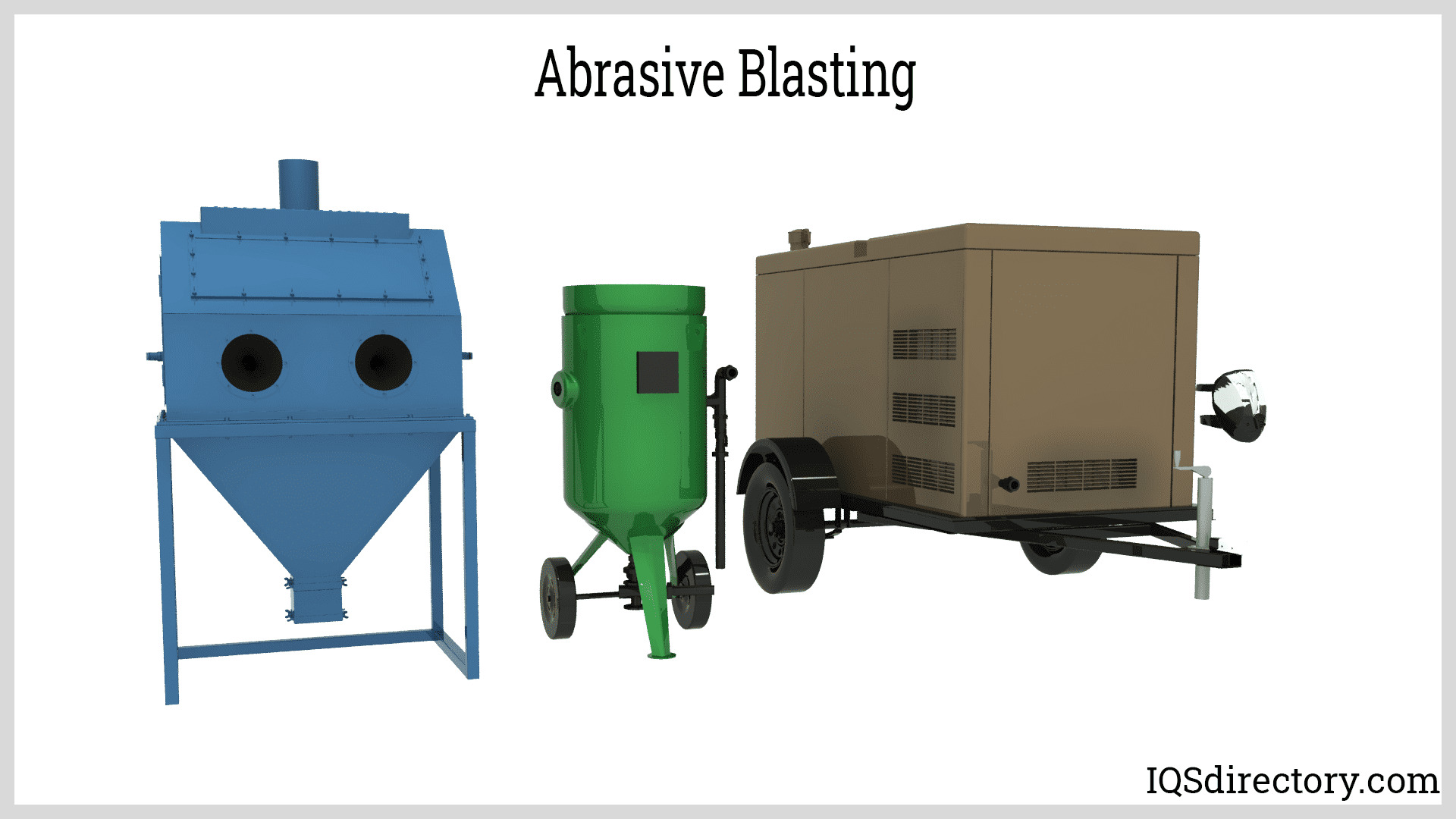
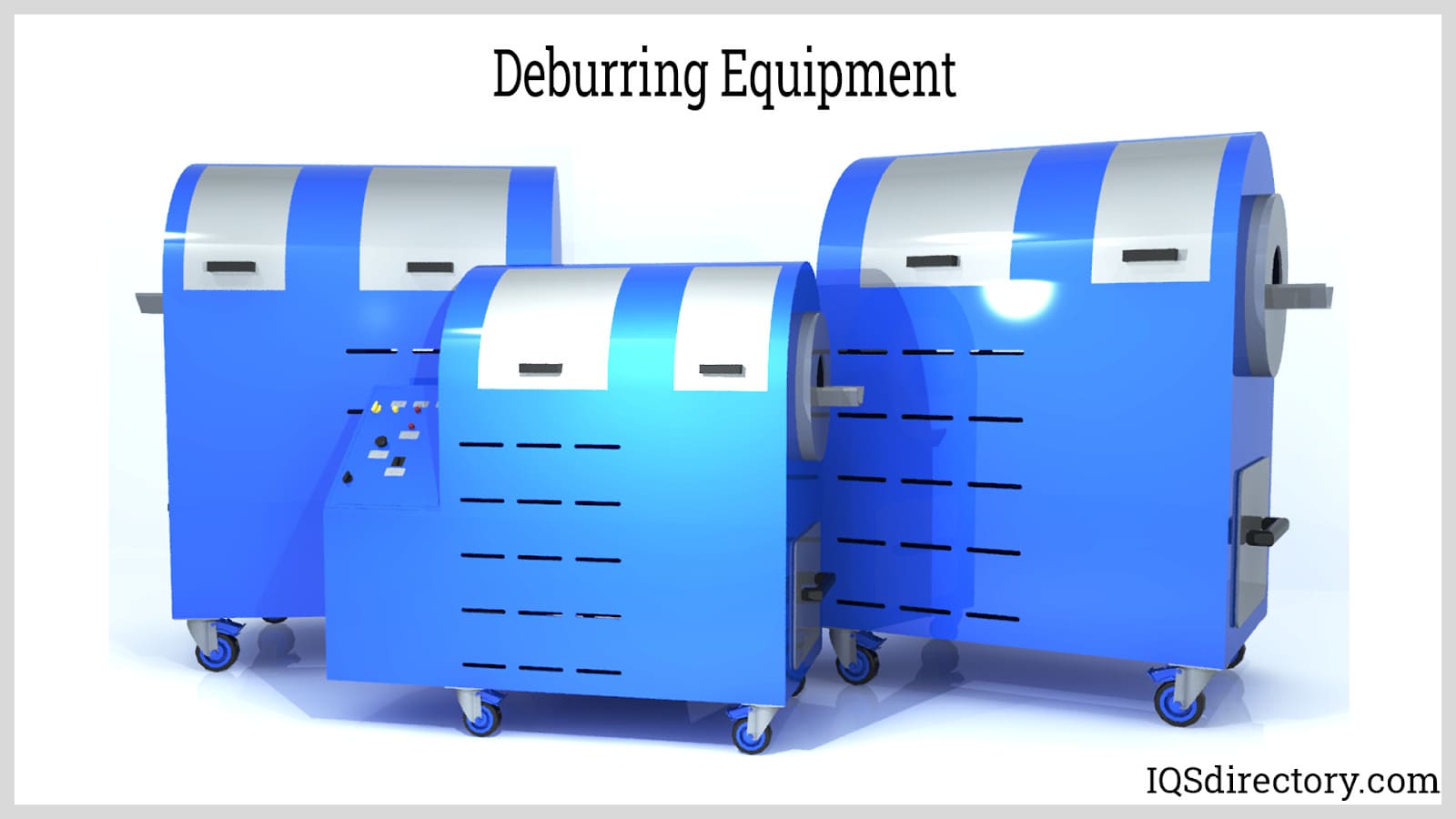
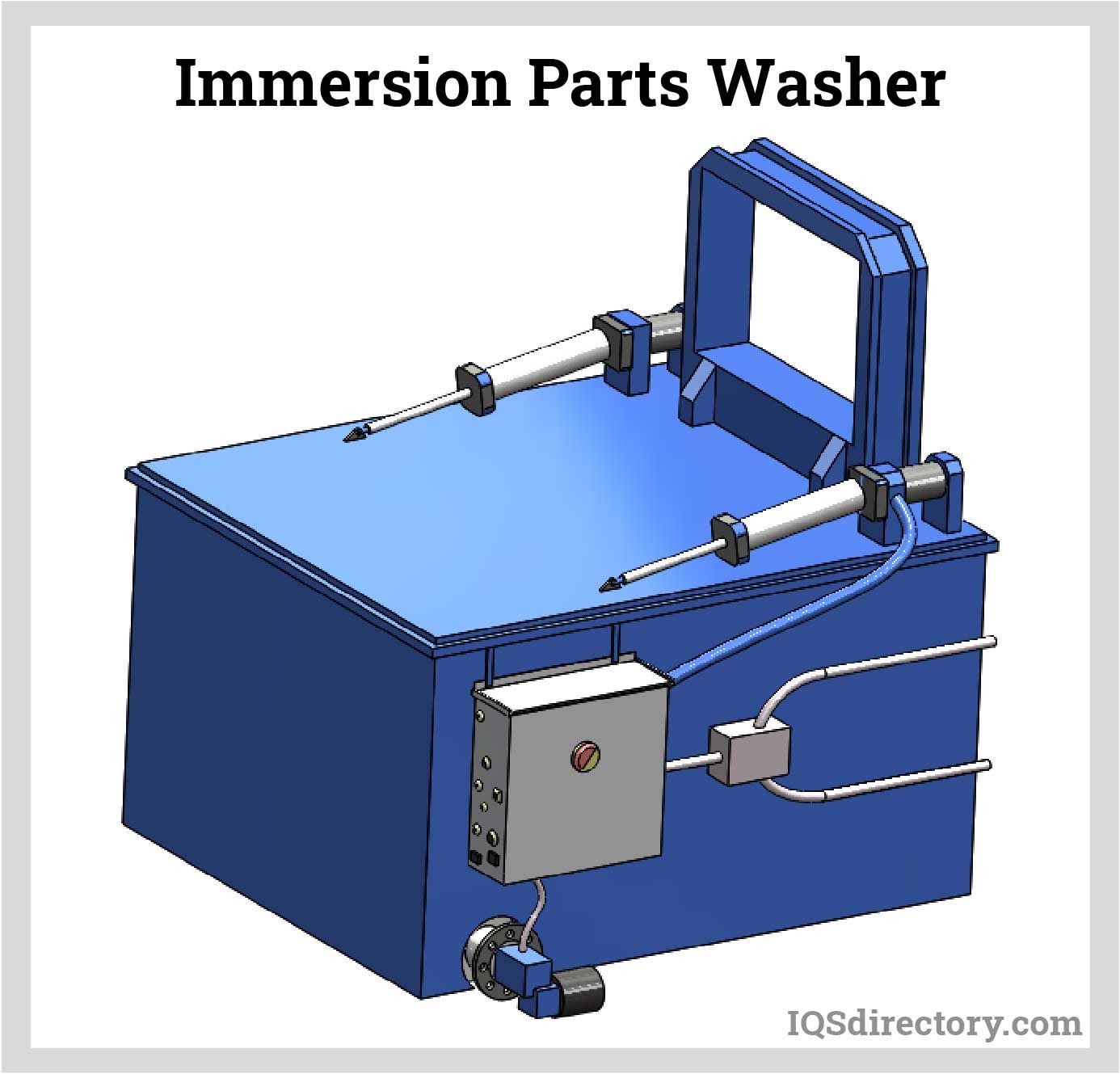
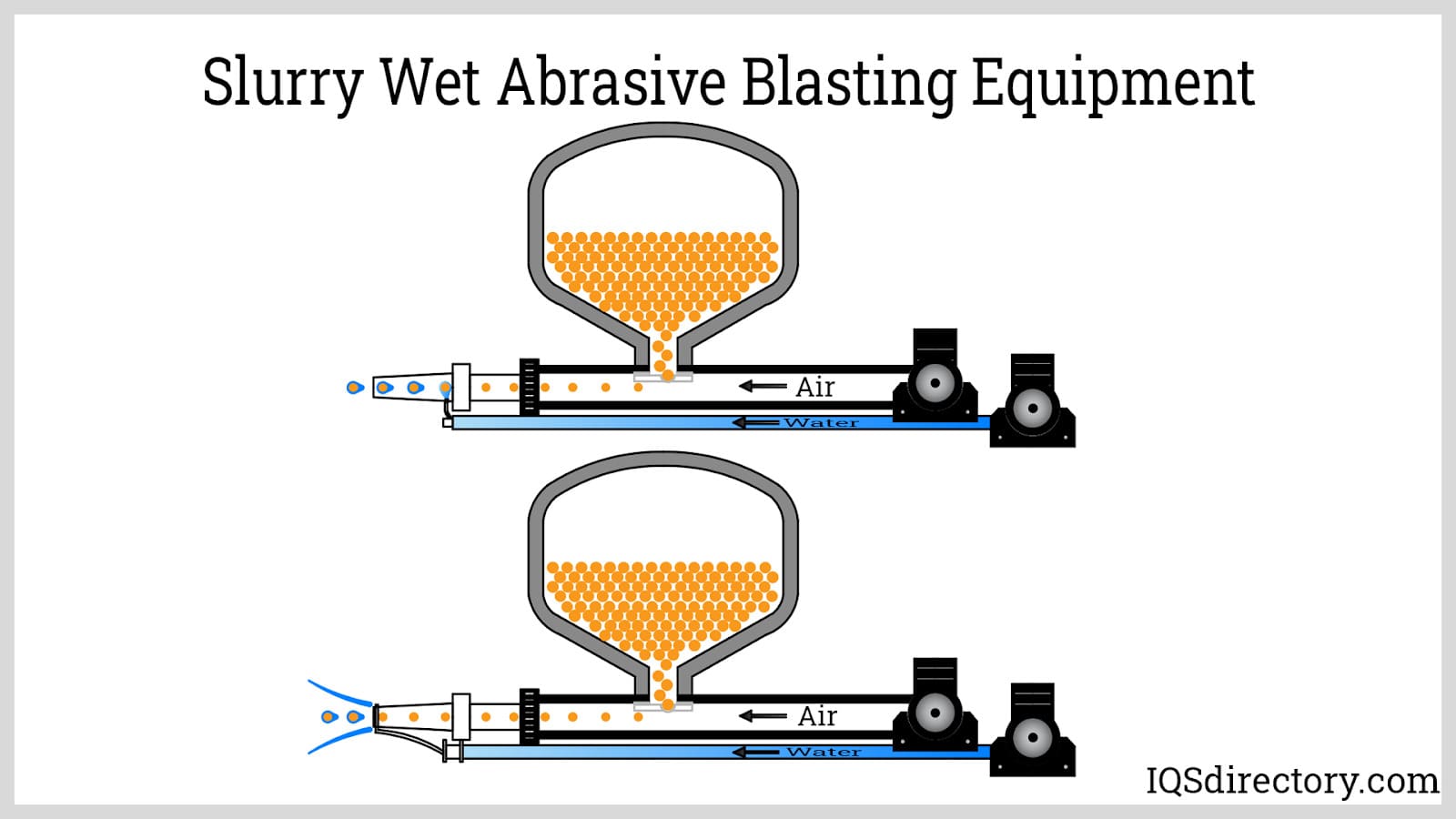
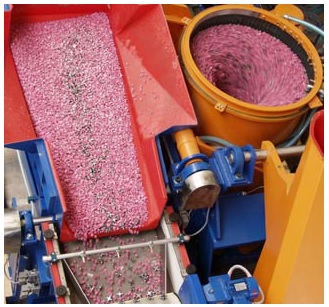 Deburring Machinery
Deburring Machinery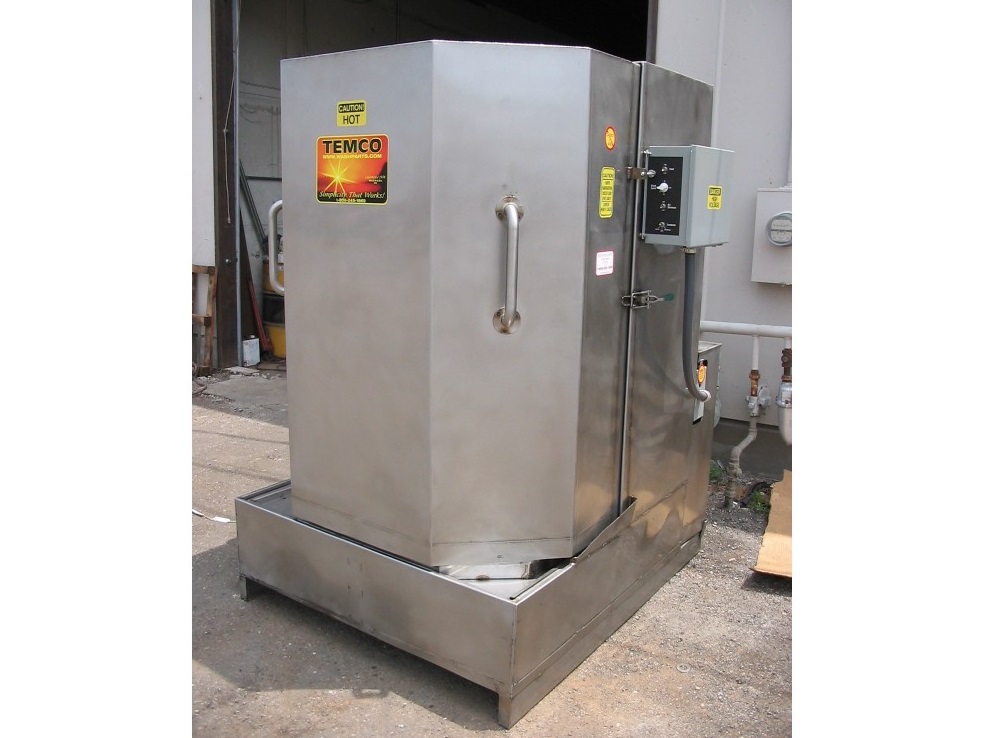 Industrial Parts Washers
Industrial Parts Washers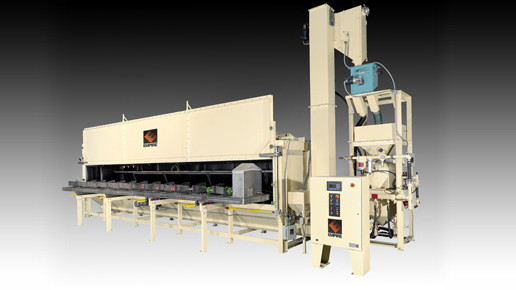 Sandblast Equipment
Sandblast Equipment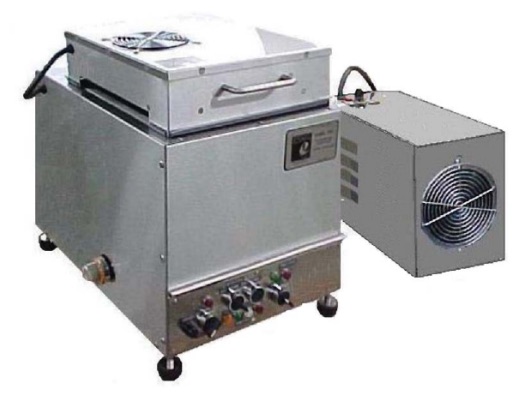 Ultrasonic Cleaners
Ultrasonic Cleaners Castings & Forgings
Castings & Forgings Bulk Material Handling
Bulk Material Handling Electrical & Electronic Components
Electrical & Electronic Components Flow Instrumentation
Flow Instrumentation Hardware
Hardware Material Handling Equipment
Material Handling Equipment Metal Cutting Services
Metal Cutting Services Metal Forming Services
Metal Forming Services Metal Suppliers
Metal Suppliers Motion Control Products
Motion Control Products Plant & Facility Equipment
Plant & Facility Equipment Plant & Facility Supplies
Plant & Facility Supplies Plastic Molding Processes
Plastic Molding Processes Pumps & Valves
Pumps & Valves Recycling Equipment
Recycling Equipment Rubber Products & Services
Rubber Products & Services